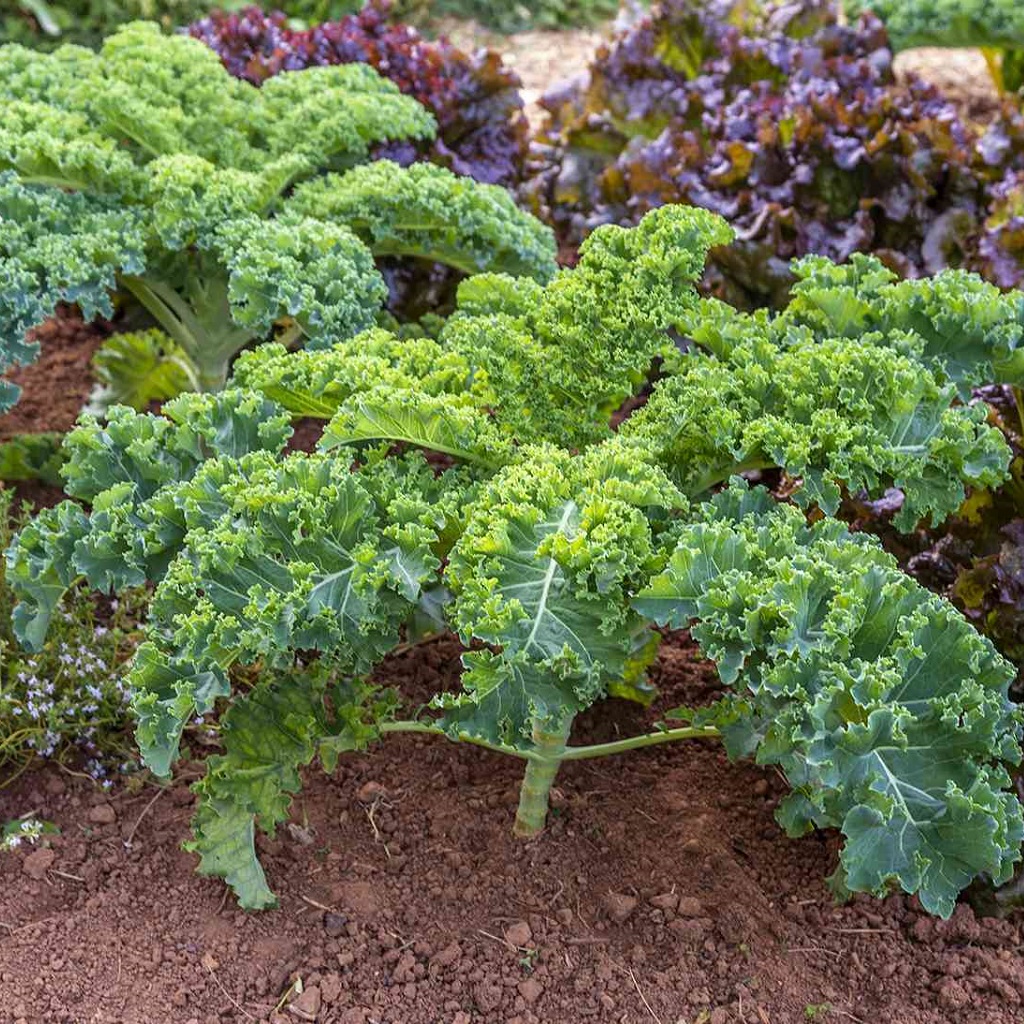To successfully plant kale, choose a sunny location with well-drained, fertile soil, rich in organic matter. You can either direct sow seeds (1/2 inch deep, 3 inches apart, then thin to 12-18 inches) or start seeds indoors and transplant them later. Ensure adequate spacing between plants (12-18 inches apart) and rows (18 inches to 2 feet apart) to allow for proper growth. Kale is a cool-weather crop, so plant in early spring or fall for the best results.
Soil Preparation
- Soil Type: Kale thrives in well-drained, fertile soil rich in organic matter.
- Amendments: Incorporate plenty of compost or aged manure to enrich the soil.
- pH: Aim for a soil pH between 6.0 and 7.0.
Planting Methods
- Direct Seeding: Sow seeds 1/2 inch deep and 3 inches apart. Thin seedlings to 12-18 inches apart when they are 5 inches tall.
- Transplanting: Start seeds indoors 4-5 weeks before the last frost. Plant seedlings at the depth of the root ball, spacing them 12-18 inches apart. Ensure 18 inches to 2 feet between rows.
Planting Time and Location
- Timing: Plant kale in early spring or fall for the best growth.
- Sunlight: Kale prefers full sun (6+ hours of direct sunlight per day).
- Shade Tolerance: While kale prefers full sun, it can tolerate some shade, according to The Old Farmer’s Almanac.
Watering and Care
- Watering: Keep the soil consistently moist, but not soggy.
- Fertilizing: Provide a balanced fertilizer or use a side dressing of compost every 4-6 weeks.
- Pest Control: Watch for common kale pests like aphids and cabbageworms, and address them with appropriate methods.
Harvesting
- Harvest Timing: Kale is usually ready for harvest 70-95 days from seed and 55-75 days from transplanting, depending on the variety.
- Harvest Method: Harvest individual leaves as needed, or cut the entire plant at the base when the leaves reach full size.

Leave a Reply